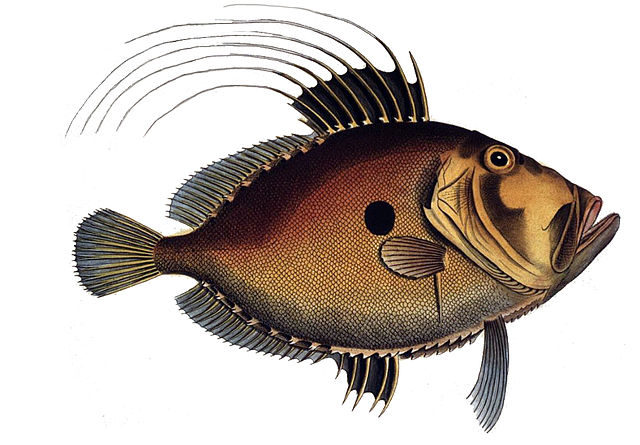This is the first deep-sea fish known to be a mouthbreeder

Most fish are broadcast spawners, casting their eggs and sperm in clouds and leaving their young to develop alone. But a tiny minority — about 2 percent — are “mouthbreeders,” keeping their fertilized eggs (and sometimes hatchlings) protected in their mouths. Now, a study reveals the first fish known from the deep sea to mouthbrood, researchers report February 27 in Scientific Reports.
In 2015, ichthyologist Randy Singer, now at the University of Michigan Museum of Zoology in Ann Arbor, was identifying fish spotted by a remotely operated underwater vehicle for the U.S. National Oceanic and Atmospheric Administration’s Okeanos Explorer ship. A red-glinting fish flashed by the vehicle’s camera some 500 meters deep, near Puerto Rico.
Later, Singer identified the fish as a parazen (Parazen pacificus), a poorly known species found in the deep West Atlantic and West Pacific. Upon learning about parazens’ disjointed range, Singer suspected these fish were actually multiple species, not just a single species. He started examining and comparing museum specimens from both oceans.
When examining one specimen from a fish market in Taiwan, Singer peeled back its gill cover to count structures on its gills, and got a surprise. “There was just this big, gnarly clump of something in its mouth,” Singer says.
Initially thinking the female parazen had gobbled up another fish’s eggs, he looked closer and saw that the membrane-enveloped masses were attached to the inside of the mouth by “alienlike tendrils.” Clearly, Singer says, the eggs were being held in the mouth deliberately. He and his colleagues used CT scanning to count an estimated 530 developing embryos.
Deep-sea fishes normally spawn externally, and their young migrate to more productive shallow waters before returning as adults to the food-scarce deep. But mouthbrooding is a comparatively costly investment. Some shallow water mouthbreeders eat with a mouth full of eggs, which is more difficult and costs more energy, and others abstain from eating entirely as the young develop, draining energy reserves. That parazen would invest so much in protecting their young in such scarcity begs for further investigation, Singer says.
Ashley Robart, an evolutionary biologist at Occidental College in Los Angeles, agrees that this appears to be the first deep-sea fish to mouthbrood. She points out that the fish seems to live in a sandy bottom area with little refuge from predators. “This [environment] may also favor mouth brooding since eggs or free-swimming larvae would be difficult to defend in such an exposed habitat,” she says.
For Singer, the discovery shows that there’s a greater diversity of reproductive strategies in the deep than have been appreciated. But scientists are on the cusp of unveiling far more about how fishes have adapted to deep-sea living (SN: 6/5/19).
“We’re kind of in a renaissance for deep-sea exploration right now,” Singer says. “I would expect people to see many more new discoveries coming rapidly in the future.”
The Article was originally published on This is the first deep-sea fish known to be a mouthbreeder.







